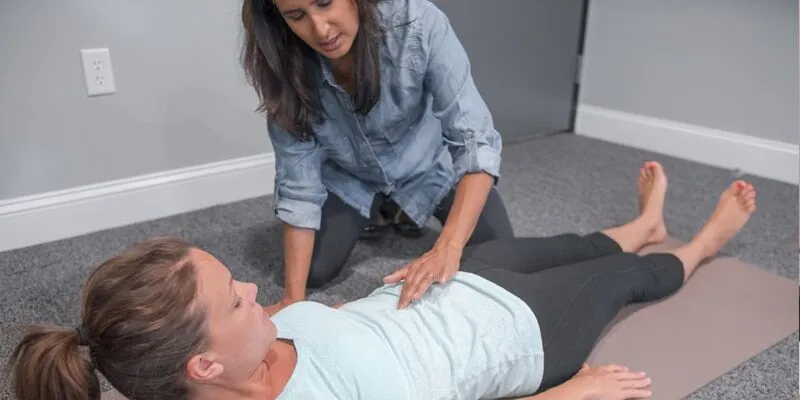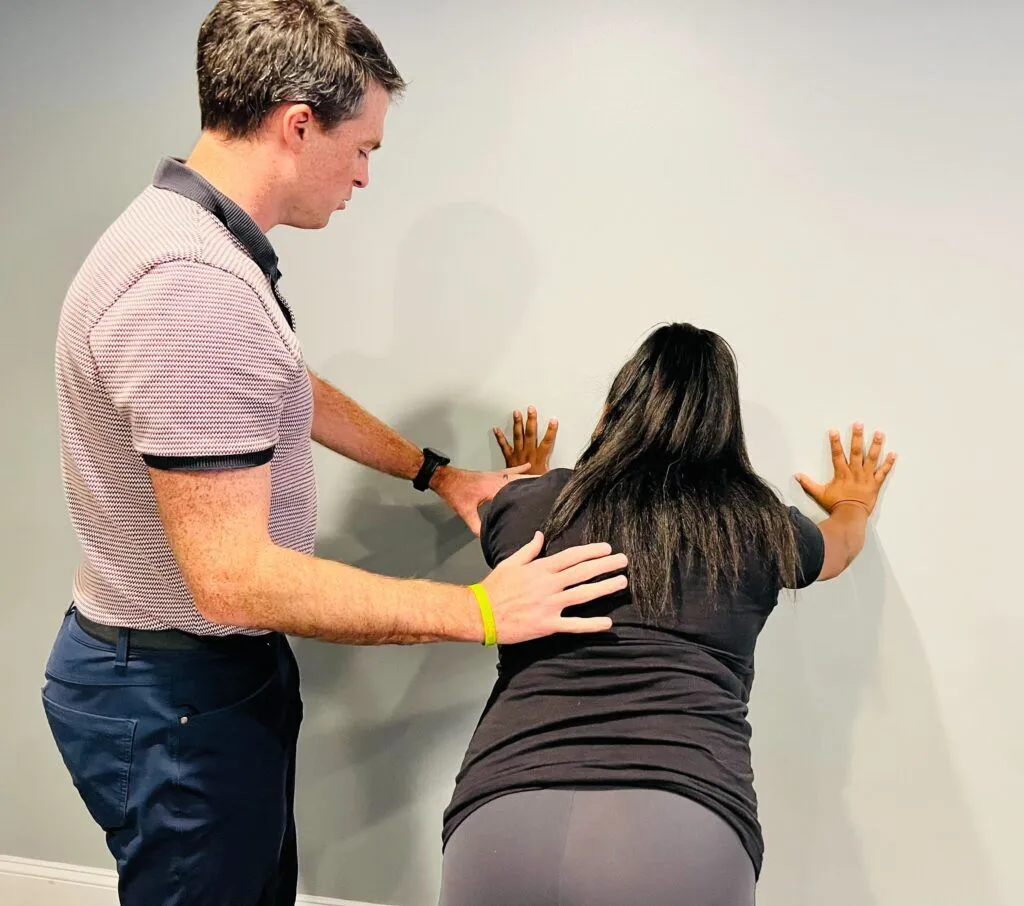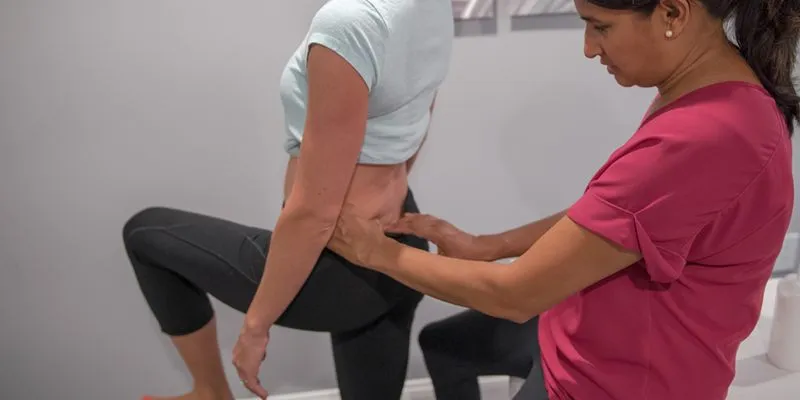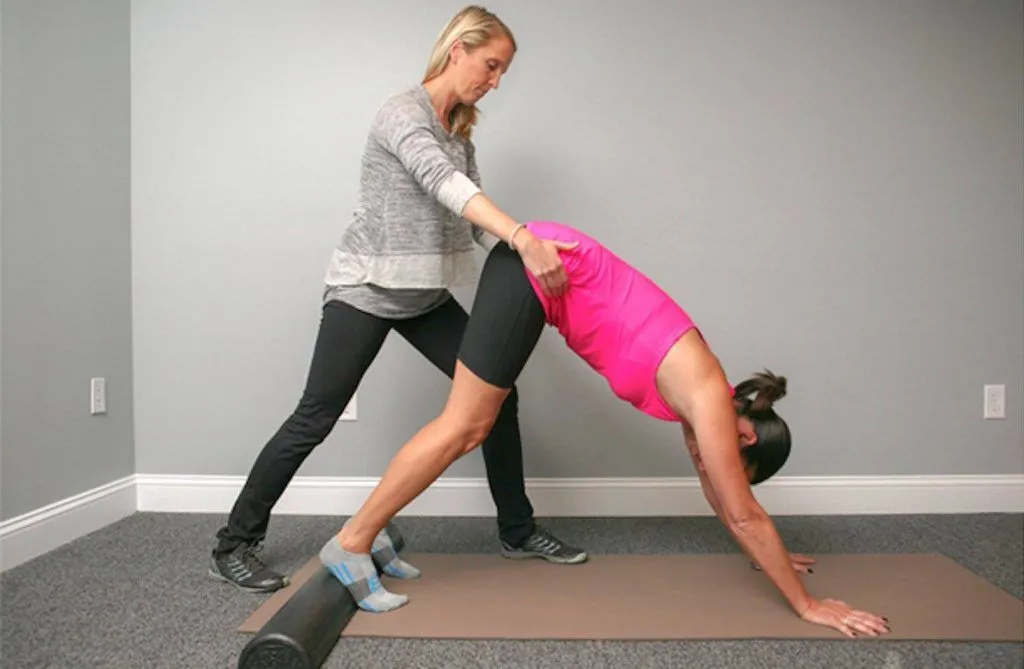Many clients with Diastasis Recti are concerned that they are more vulnerable to herniation as a result of their condition. In fact, Diastasis Recti CAN make you more predisposed to herniation, however, physical therapy can help improve your Diastasis Recti and prevent herniation.
What is Diastasis Recti?
A Diastasis is a separation of the abdominal muscles from the linea alba, which is a tendon in the middle of your abdomen. This tends to happen either during pregnancy or in individual who work out a lot. When the split occurs, that becomes a vulnerable area for your organs to basically be able to push through the wall of your abdomen, making you more vulnerable to herniation.
Treating Diastasis Recti
Retraining the deep abdominal musculature and the muscles that support them can help to close the gap in the abdominal muscles. This will help to keep the abdominals closed while you are doing abdominal exercises or even coughing/sneezing. If the abdominals are not staying closed, you will see a bulging, like something is protruding out of the midline of that abdomen.
It’s important to prevent that bulging, because over time if you keep seeing that it will make you more susceptible for herniation through the abdomen. For some people, you might see the umbilicus or belly button starts to protrude out or you might feel tenderness along that area.
Once the abdominals are back together, you’ll create better core strength, which help prevent other issues, such as back pain, pelvic floor dysfunction or hip issues, from developing.
Do you have a Diastasis Recti?
If you have a diastasis recti, the first line of defense should be working with a skilled pelvic floor physical therapist who understands how to rehab a diastasis properly.
It’s not just doing abdominal exercises. It can include working on the diaphragm, pelvic floor, back muscles as well as your abdomen and alignment – to help bring the abdominal muscles back together.
Want to discuss your diastasis recti with one of our physical therapists? Click here to schedule a complimentary phone consultation with one of our physical therapists.





